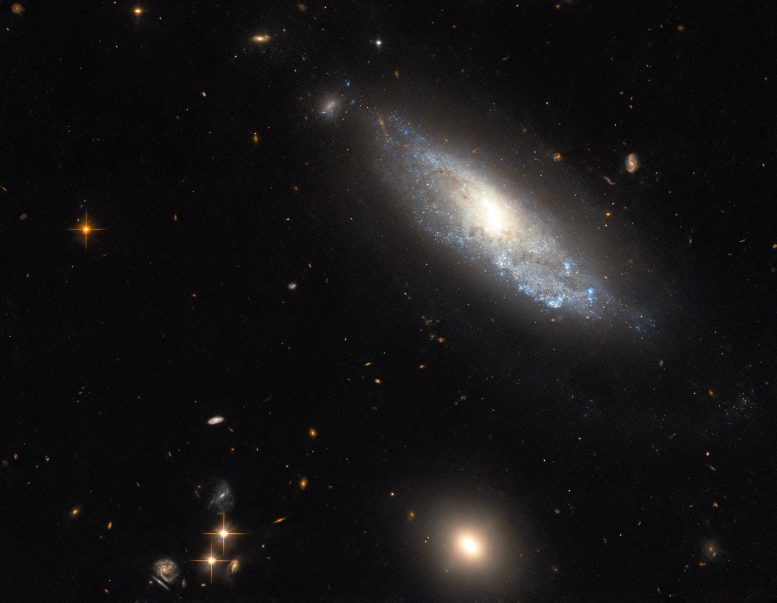
The Hubble Space Telescope, in a study to better understand the origins of Type II supernovae, captured this image of the spiral galaxy NGC 298, located roughly 89 million light-years away in the constellation Cetus. Credit: ESA/Hubble & NASA, C. Kilpatrick
The Hubble Space Telescope captured an image of the spiral galaxy NGC 298, previously the site of a Type II supernova, as part of a study on these star explosions. The investigation seeks to explain the diversity in Type II supernovae by observing the regions around these events, potentially revealing information about the stars’ history and surviving companion stars.
The spiral galaxy NGC 298 basks in this image from the NASA/ESA Hubble Space Telescope. NGC 298 lies around 89 million light-years away in the constellation Cetus, and appears isolated in this image — only a handful of distant galaxies and foreground stars accompany the lonely galaxy. While NGC 298 seems peaceful, in 1986 it was host to one of astronomy’s most extreme events: a catastrophic stellar explosion known as a Type II supernova.
Hubble’s Advanced Camera for Surveys captured NGC 298 as part of an investigation into the origins of Type II supernovae. All Type II supernovae are produced by the collapse and subsequent explosion of young, massive stars, but they can produce a spectacular diversity of brightnesses and spectral features.
Astronomers suspect that the diversity of this cosmic firework show might be due to gas and dust being stripped from the stars that will eventually produce Type II supernovae. Observing the region surrounding supernova explosions can reveal traces of the progenitor star’s history preserved in this lost mass, as well as revealing any companion stars that survived the supernova. Hubble used the brief periods between scheduled observations to explore the aftermath of a number of Type II supernovae, hoping to piece together the relationship between Type II supernovae and the stellar systems which give rise to them.

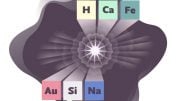
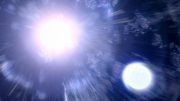
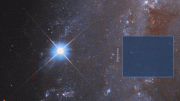
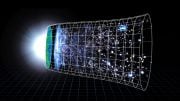
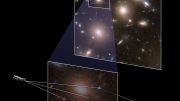
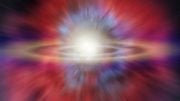
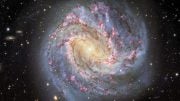
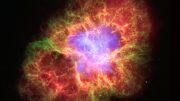
Be the first to comment on "Hubble Explores Aftermath of Catastrophic Stellar Explosion in NGC 298"